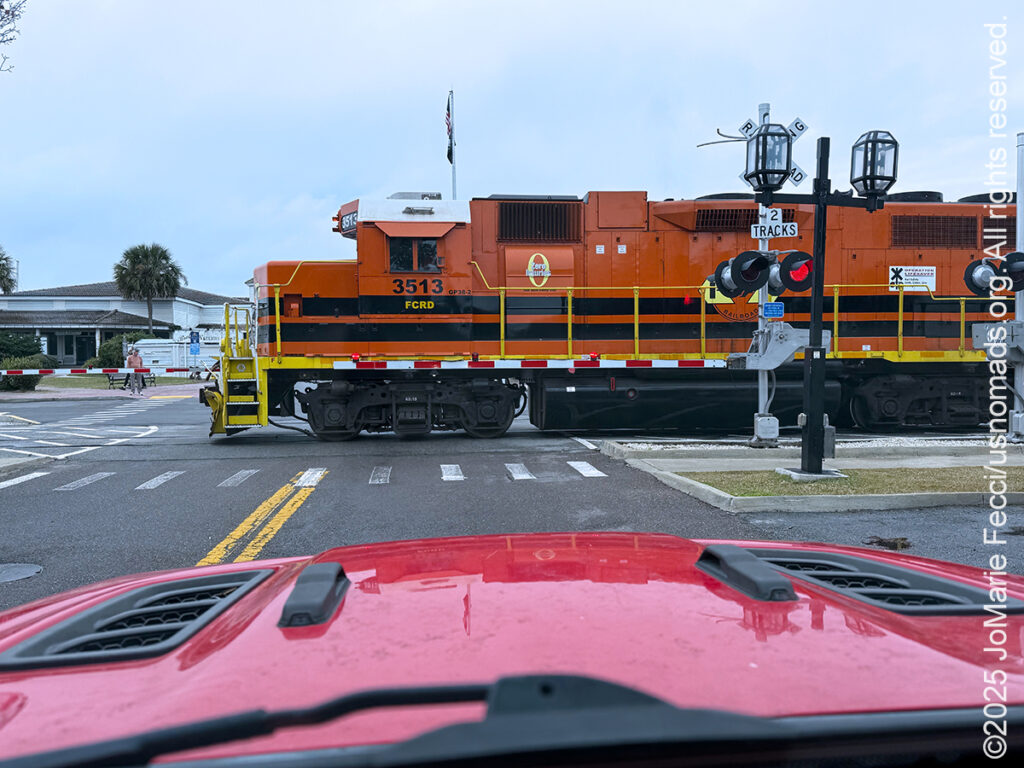
18 December 2025: It was overcast and drizzling as I left Fargo GA en route to Fernandina Beach FL. The rain continued pretty much the whole way, easing up a little bit in the afternoon. I was able to get my tent set up at Ft. Clinch State Park during one of the “pauses”, though it was still “misting.” I went for a walk to try to see the beach and the fort, but the mist and fog kind of “hid” everything and it had a sort of sad dreary look to it. Then on the way back from my walk, I encountered a little deer browsing in the brush and spent some time observing it before getting back in the Jeep and heading into the old historic town of Fernandina Beach where I planned to check out the Palace Saloon, which claims to be the oldest bar in the state. Visiting the town was a good way of staying warm and dry, and from the Palace I headed to the Salty Pelican for dinner. By the time I’d finished eating, the rain had mostly stopped, and I returned to camp to settle in for the night…
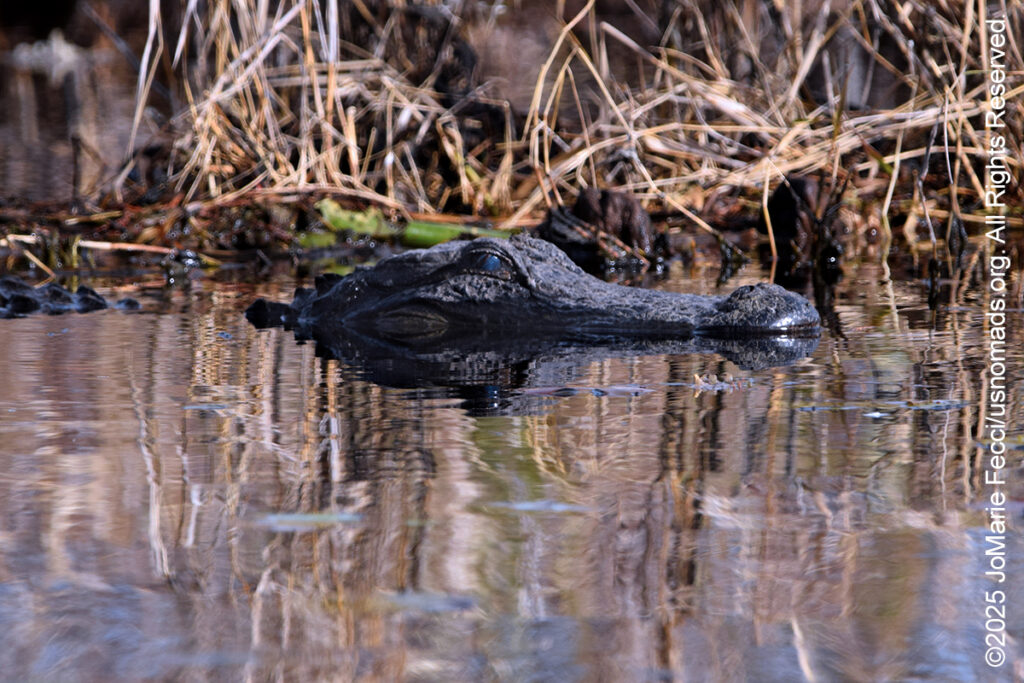
17 December 2025: Up early to catch the sunrise, which came up under the clouds in a striking transformation of the tree line, making it look like there was a blazing fire in the distance. At the Suwanee Sill I was really lucky to see a mother wild pig with her little ones, but it was still too cold for the gators. I had an appointment with a park ranger who took me out on the swamp in the morning, and it was calm. The sun came out and began to warm things up a little and as we returned towards the launch point we started to see the gators coming out. Afterwards, back at the Sill one of the big guys was sunning himself on the bank. In the afternoon I took a short hike along the “Trembling Earth trail” at the park before calling it a day. It turned out to be a good wildlife day afterall…
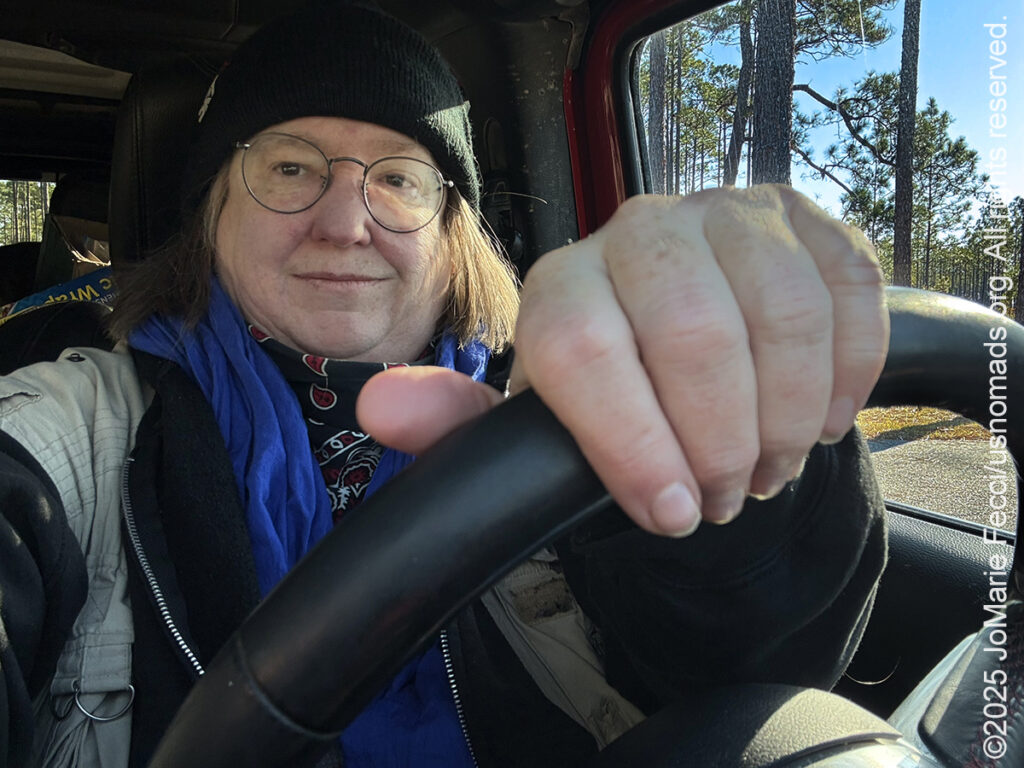
16 December 2025: Went back to the swamp early in the morning to do the Swamp Island Drive at the Okefenokee National Wildlife Refuge. I was hoping to follow up on some leads about the wildlife I picked up last night, but it was still just way too cold for the gators to be out, and I only saw a few birds and hooded merganser ducks and went for a walk on the observation boardwalk trail. Then it was time to go to the “otherside” of the swamp, administered as the Stephen C. Foster State Park. My first stop was the Suwanee Sill to look for gators, as the sun was out and it was warming up slightly. I was shocked by how low the water level was in the Sill. The “river” had dried up, and was just a thin ribbon at the bottom of its path. The trees roots that are usually submerged were exposed and I didn’t see much wildlife — just one lonely gator up on the bank. On my way to the Suwanee EcoLodge I decided to stop at a small park that surrounds the Stephen C. Foster monument at the beginning of the Suwanee River, and check that out…
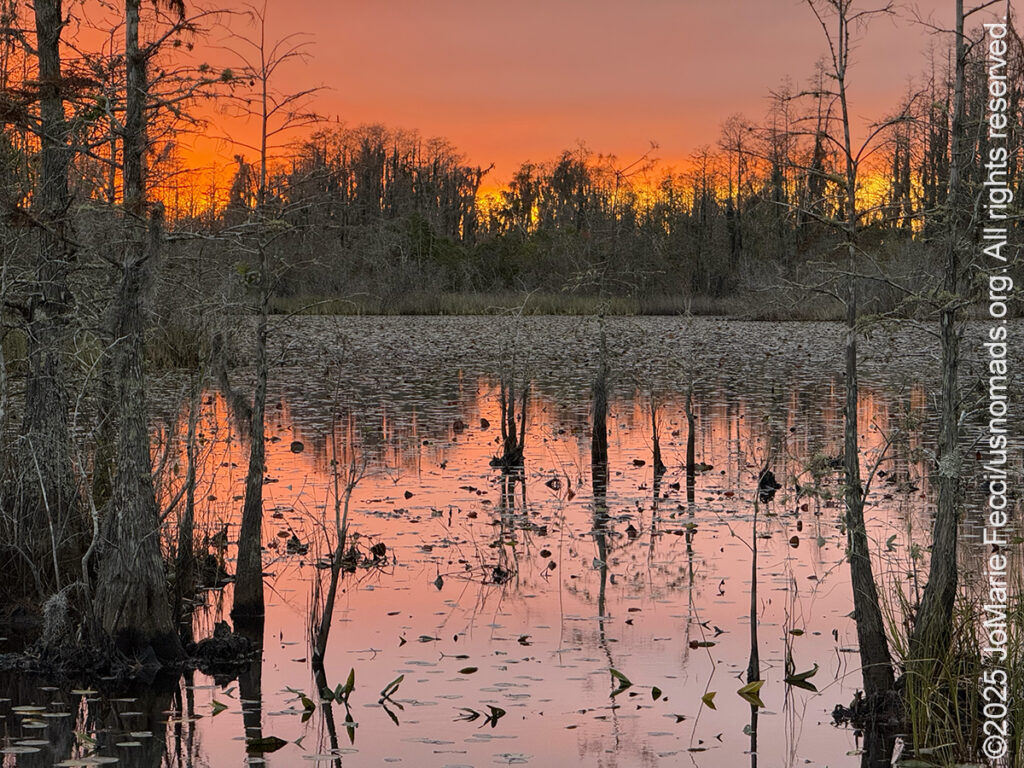
15 December 2025: Did a little bit of exploring around the town of Folkston in the afternoon, checked out the site of the Old Sardis Church and some backcountry roads that led to the public boat launch into the swamp. Then made my way to the swamp for sunset. It was very cold and the wildlife was mostly hiding, though we did site a few gators and some great blue herons, as well as a few other birds. But we didn’t find the owl. Oh well, the sunset was fabulous on the swamp despite the shortage of wildlife, and we stayed out as the sky changed from golden to pink, to red to purple and then darkness fell…
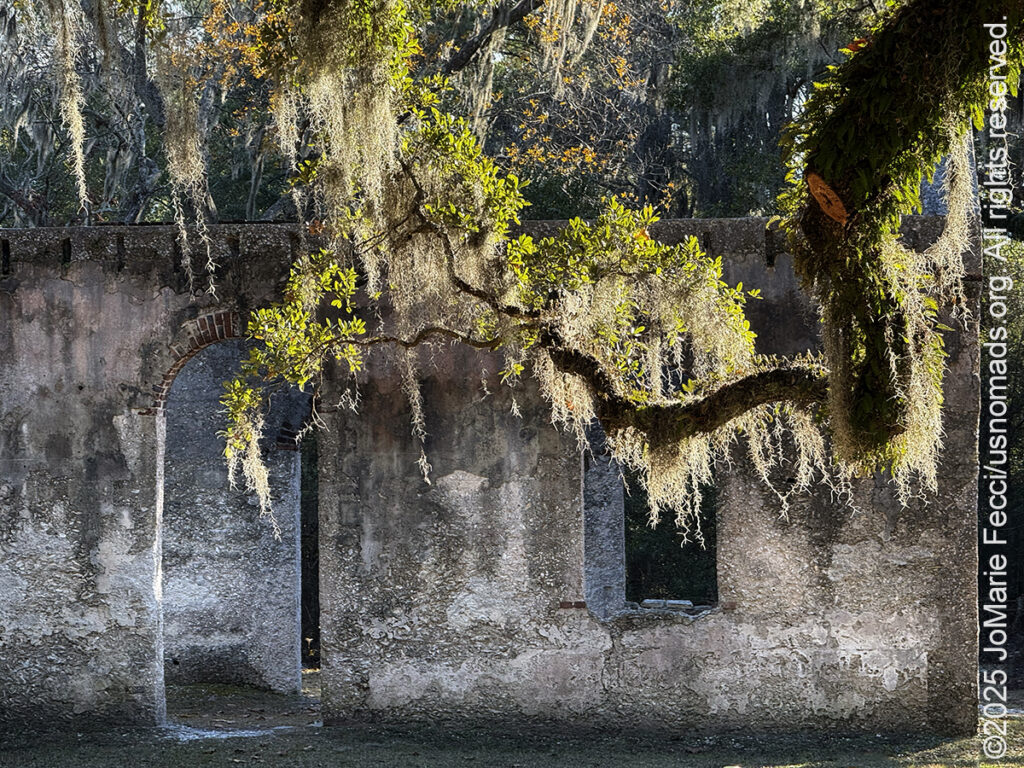
14 December 2025: Spent a great day exploring part of the South Carolina Lowcountry and finally got to check out St. Helena Island (I had wanted to come here a couple of years ago, but had to detour due to storms that were flooding the roadways making it too potentially dangerous at that time, in contrast to today where the sun is shining and it is just a lovely warm day). My route was defined by “ruins” that shed some light on history and some mysteries of the Sea Island culture that influenced the unique Gullah experience. First stop was at the Old Sheldon Church ruins in Yamassee. On my way there I had an interesting chat with a Gullah man at the gas station, and he suggested I go to the Penn Center, but said there would unfortunately probably be nobody there. I added it to my list. From the Old Sheldon Church I continued into Beaufort and St. Helena where I did stop at the Penn Center, and the man from the gas station was right — there was no one there, so I just took some photos and will have to research it later. My next stop was the ruins of the Chapel of East, and then the ruins of Fort Fremont, before finally turning back to the waterfront at Beaufort where I just enjoyed some live music on the outdoor terrace at Hemingway’s before getting back on the road to continue the drive to Folkston, GA…
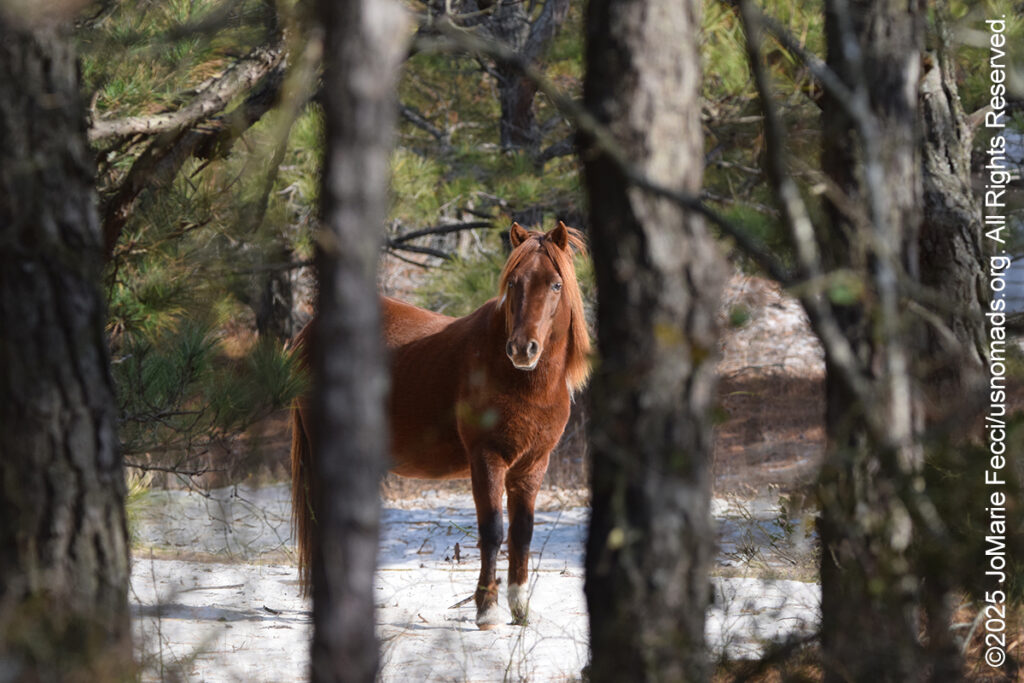
13 December 2025: Got an early start on the annual “holiday roadtrip” today, driving about 500 miles from Long Island NY to Battleboro NC. These long pavement drivedays can be fatiguing, but I try to make it fun by adding a few stops where I can get out and take short hikes and do a little exploring, and today that spot was Assateague Island National Seashore where I hoped to see the wild horses. Arriving around 1130am, it was definitely not the best time to see wildlife, but I had some good luck and found a few of the horses near the “Life of the Forest” trail. From there I continued the journey south along the Delmarva Peninsula to the Chesapeake Bay where I got the Bridge-Tunnel across and made my way back to the interstate I-95. My choice to detour to Assateague kept me off the interstate for a good chunk of the day which was awesome. One “fun fact” about today’s marathon drive, was that I started the morning at 23°F and by the time I reached Norfolk VA, it was 58°F and the sun had come out from behind the clouds finally…
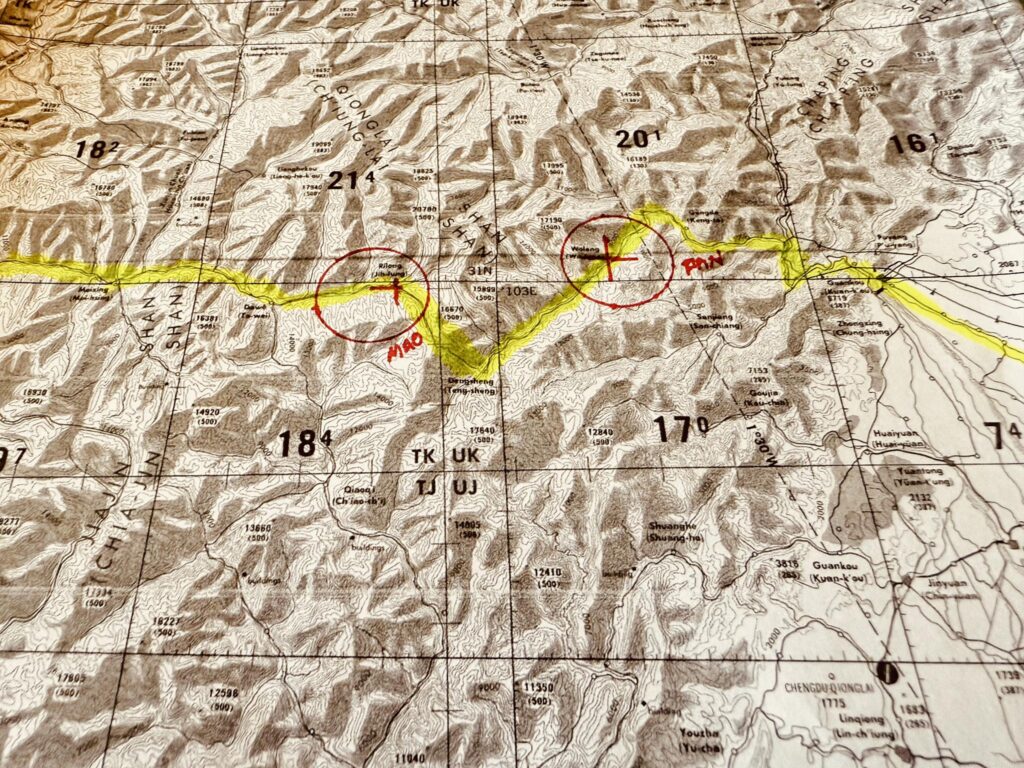
2 December 2025: Very excited to be working on route planning for the Sichaun Basin – Tibetan Plateau expedition. Seeing the route on paper maps brings to life the reality of the extreme terrain we will be travelling across as we make our way to the snow leopard’s habitat in the very high mountains. We will be starting our journey at an elevation of around 1,000 feet and going up to 14,000 feet at the highest points of our journey. Even though this trip is months away, I am starting the research and planning part now, as it gives me plenty of time to learn more about the project details and context, and maybe pick up a few words of Chinese, too …
THIS MONTH:
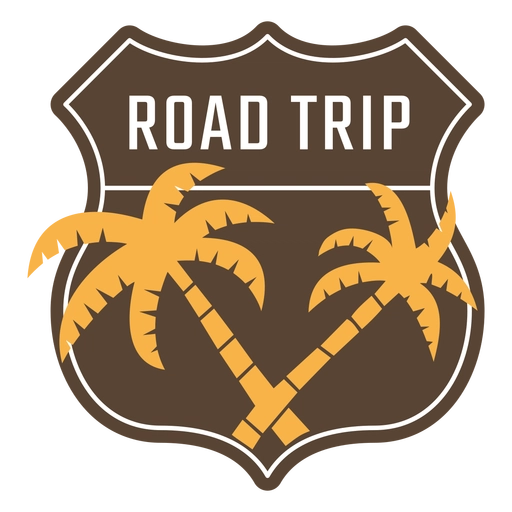
December is Holiday Roadtrip time, and this year we are heading back to a few favorite locations in the southeast as well as exploring a couple of new ones…
COMING UP SOON:
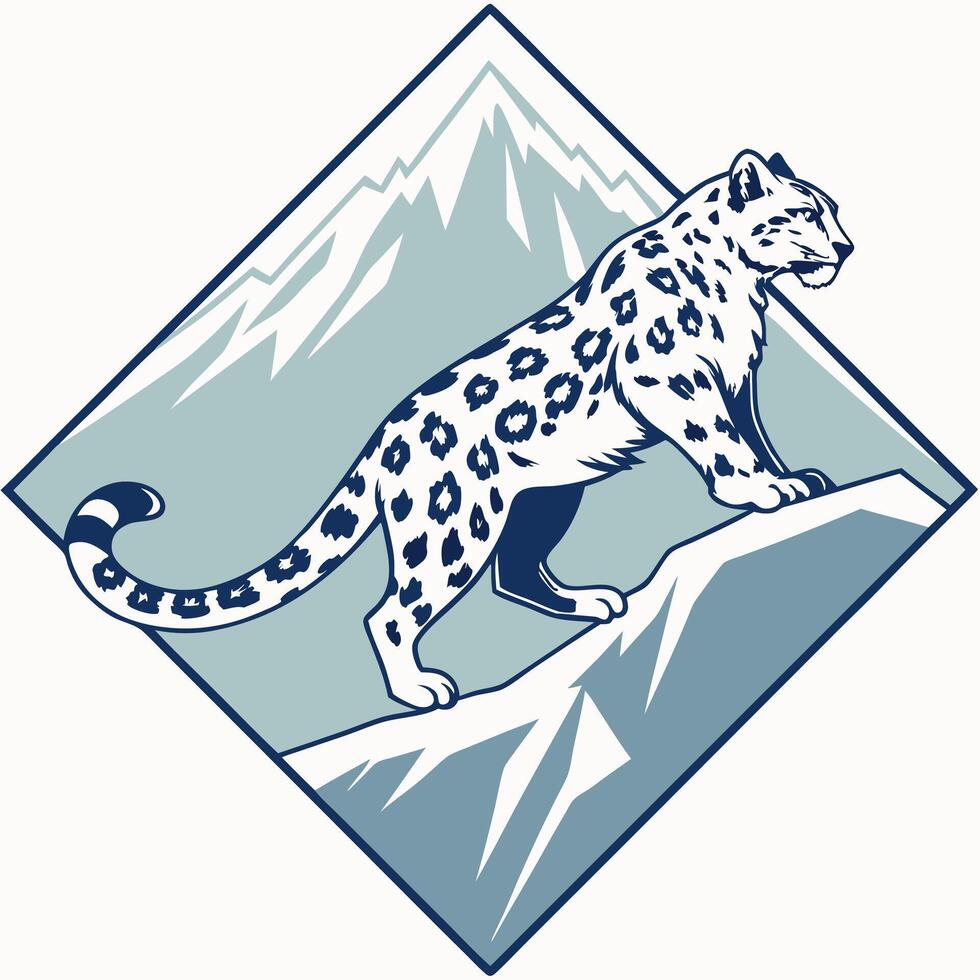
We will be taking part in an international overland expedition from the Sichuan Basin to the Tibetan Plateau in April, where we will be tracking snow leopards and working with local nomadic herders in cooperation with wildlife conservation efforts that aim to reduce human-wildlife conflict in one of the most remote areas of China…

USnomads.org is very proud to be presenting the fifth edition of the Nomad Rally in 2026. This is a unique kind of rally experience — a ten week event that participants can do from anywhere within the continental U.S.A. Competitors design their own routes as part of the rally, then drive it in a points-based online competition that includes optional activity tasks, quests and weekly challenges. The 2026 rally will run from 8 June – 17 August and is open to any driver within the United States who has an off-road capable vehicle — stock or modified. Registration for 2026 is currently open. For more information see the Rally website …
Nesconset | Paris | Belgrade | Berlin | Folkston | Fargo | Fernandina Beach | St. Augustine | Fort McCoy | Tampa | St. Marys
MORE NOTES FROM THE ROAD:
22-31 October – Paris
16-21 October – Paris
1-15 October – Paris
22-30 September – Vermont
13-21 September – Vermont
1-12 September – New York
16-31 August – New York
1-15 August – New York
July – New York
June – New York
May – New York
18-30 April – New York
8-17 April – Eastbound
1-7 April – Eastbound
22-31 March – California
17-21 March – AZ to CA
8-16 March – Arizona
1-7 March – Glamis
22-28 February – Roadtrip SW
15-21 February – Roadtrip SW
1-14 February – New York
January – Paris
23-31 December – Holiday Roadtrip
16-22 December – Holiday Roadtrip
18-15 December – New York
8-30 November – New York
1-7 November – Roadtrip South
Archive
ROADTRIP
An epic journey crisscrossing the USA from east to west and back again, exploring some of the beautiful wild spaces that make up our “public lands.” The roadtrip covered almost 15,000 miles, much of it off-grid and off-pavement, focusing on the deserts of the American southwest. Some locations were truly “iconic” while others were little known, and the segments of independent exploration where punctuated with some fun events across the region… [read]
SPECIAL REPORT
All about exploring ghost towns and abandoned places in the USA and beyond, with tips, and information on the many different types of sites to be found across the globe, including detailed guides for eight specific sites… [read]